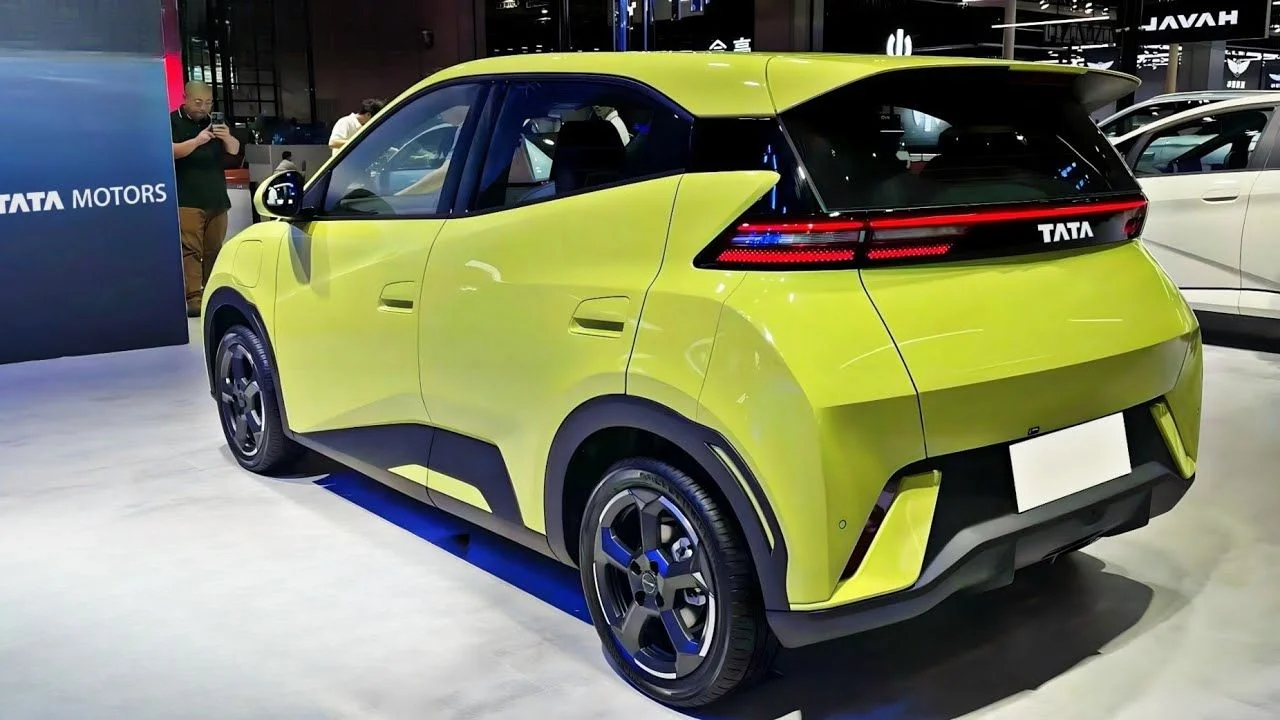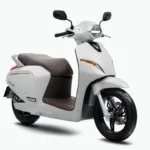The TATA Nano EV represents a significant leap forward in the realm of electric mobility, combining TATA’s innovative engineering with the eco-friendly advantages of electric propulsion. In this essay, we explore the distinctive features and potential impact of the TATA Nano EV on the automotive landscape.
Evolution of an Icon
Originally introduced as the world’s cheapest car, the TATA Nano gained widespread attention for its affordability and compact design. With the transition to electric power, the Nano EV retains its iconic silhouette while embracing a cleaner and more sustainable form of transportation. This evolution demonstrates TATA’s commitment to innovation and environmental stewardship in the automotive industry.
Electric Performance and Efficiency
The TATA Nano EV is powered by an electric drivetrain that offers silent and smooth operation, delivering instant torque for responsive acceleration. Its compact size and lightweight construction further enhance its agility and efficiency, making it well-suited for urban commuting and short trips. With zero tailpipe emissions, the Nano EV contributes to improved air quality and reduced carbon footprint, aligning with global efforts to combat climate change.
Practical Design and Urban Mobility
Despite its diminutive dimensions, the TATA Nano EV prioritizes practicality and convenience for urban drivers. Its compact footprint allows for easy maneuverability through crowded streets and tight parking spaces, while its spacious interior accommodates four passengers comfortably. Additionally, the Nano EV incorporates smart features such as regenerative braking, smartphone connectivity, and navigation systems, enhancing the overall driving experience and connectivity on the go.
Affordability and Accessibility
Building upon the legacy of affordability established by its predecessor, the TATA Nano EV aims to make electric mobility accessible to a broader audience. By leveraging TATA’s manufacturing expertise and economies of scale, the Nano EV offers competitive pricing without compromising on quality or performance. This affordability factor makes electric transportation more attainable for budget-conscious consumers, fostering widespread adoption of sustainable mobility solutions.
Environmental Impact and Sustainability
As society shifts towards greener transportation alternatives, the TATA Nano EV emerges as a key player in promoting environmental sustainability. By transitioning from internal combustion engines to electric power, the Nano EV significantly reduces greenhouse gas emissions and dependency on fossil fuels. Furthermore, TATA’s commitment to recycling and resource conservation ensures that the Nano EV minimizes its environmental footprint throughout its lifecycle, from production to end-of-life disposal.
Conclusion
In conclusion, the TATA Nano EV symbolizes the convergence of innovation, affordability, and sustainability in the automotive industry. With its electric propulsion technology, practical design, and eco-friendly attributes, the Nano EV represents a promising step towards a greener future for urban mobility. As electric vehicles continue to gain traction worldwide, the TATA Nano EV stands out as a pioneering solution that combines accessibility, efficiency, and environmental consciousness in a compact and stylish package.














